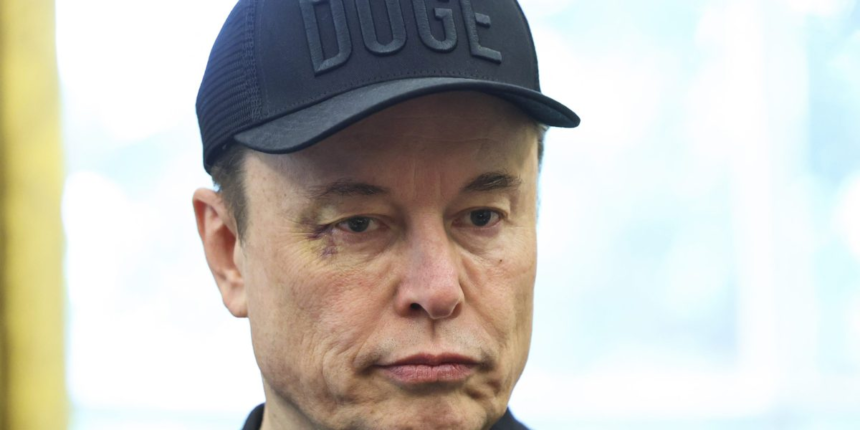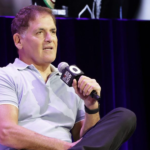“Without a new model, things will only get worse. It’s their only chance in the near term to fill their production capacity of 3 million annual vehicles,” Stefan Bratzel, founder and director of Germany’s Center for Automotive Management, said in an interview with Fortune. He’s not convinced Tesla can grow its vehicle sales next year, let alone this year as Musk has promised.
“Elon Musk can argue robotaxis compete in a different market and point to Tesla’s market value all he wants—in my view he’s just putting on a brave face,” he said.
Tesla did not respond to a request by Fortune for comment.
When Tesla reports second quarter vehicle sales later on Wednesday, the company is expected to reveal an even steeper year-on-year drop than the 13% registered in the first quarter.
The only new addition on the horizon to Tesla’s passenger car line-up, of which investors can be certain, is a CyberCab that comes without a steering wheel or pedals. it’s unclear whether there is any demand for a car that cannot be controlled manually. Even if Tesla re-engineered it to allow for human drivers, it only seats two, limiting it to a niche market.
Tesla fans have been waiting patiently for months, debating online what it could look like, designing their own renderings and comforting themselves that Musk still had until the end of June.
“We’re still focused on bringing cheaper models to market soon. The start of production is still planned for June,” finance chief Vaibhav Taneja said in April during the Q1 investor call. His colleague, chief vehicle engineer Lars Moravy, added there is “nothing blocking us from starting production within the timeline laid out”.
“Models that come out in next months will be built on our lines and will resemble, in form and shape, the cars we currently make,” Moravy said on the call. “It’s important to emphasize that as we’ve said all along, the full utilization of our factories is the primary goal for these new products.”
Bratzel warns this limits their product differentiation, and poses a risk to existing models should they eventually be built. A fine balance has to be struck when moving downmarket.
Reduce price too much and you’ll pull demand from higher margin products—what known in the industry as the dreaded cannibalization effect. On the other hand, reduce features too much and you won’t generate enough additional volume to justify the investment.
“They’ll have to bring a stripped-down Model Y, perhaps before the end of this year,” Bratzel predicts. This would be a cheaper version with fewer creature comforts, for example seats that use cloth instead of pricier synthetic leather. “We’ll just have to see how much of the existing Model Y volume it cannibalizes.”









